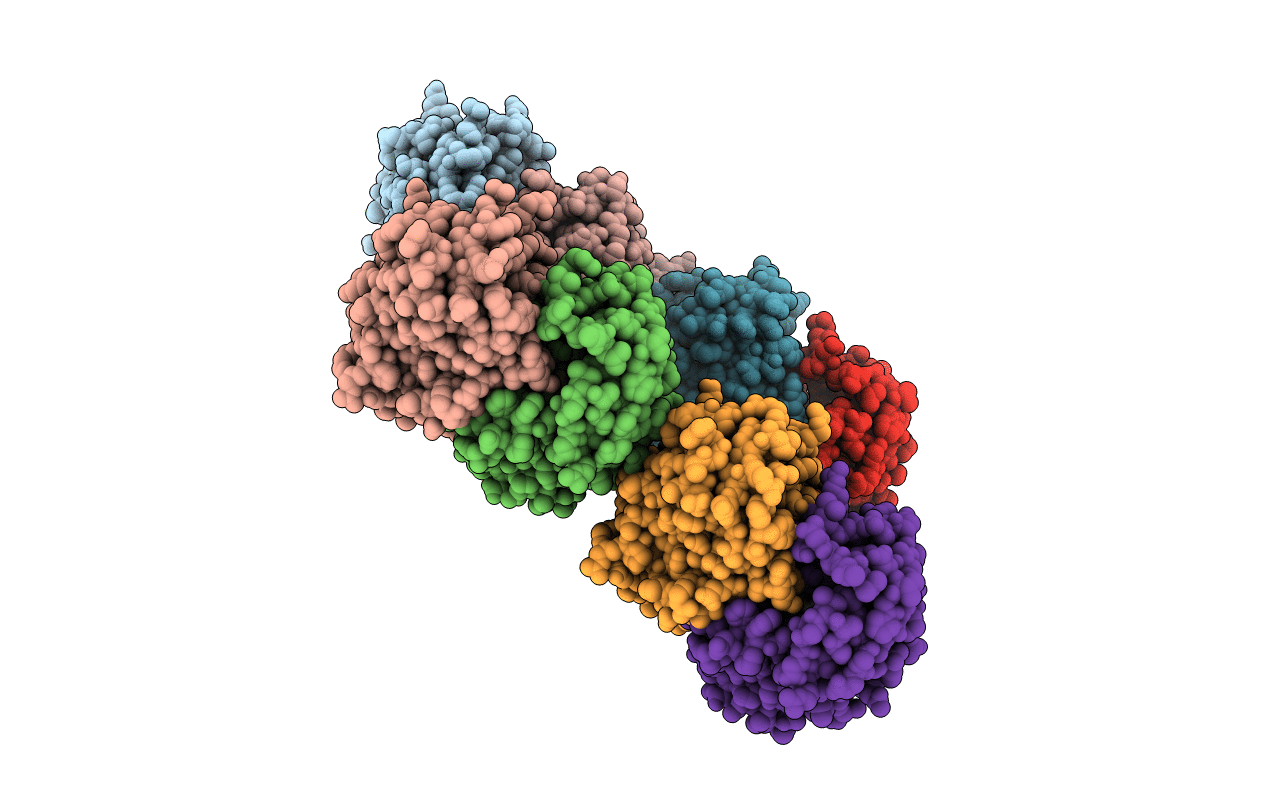
Deposition Date
2020-06-22
Release Date
2020-11-18
Last Version Date
2023-10-18
Entry Detail
Biological Source:
Source Organism:
Herbaspirillum sp. BH-1 (Taxon ID: 2058884)
Host Organism:
Method Details:
Experimental Method:
Resolution:
2.10 Å
R-Value Free:
0.22
R-Value Work:
0.17
Space Group:
P 1


